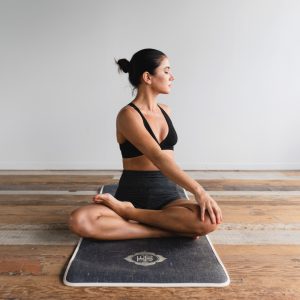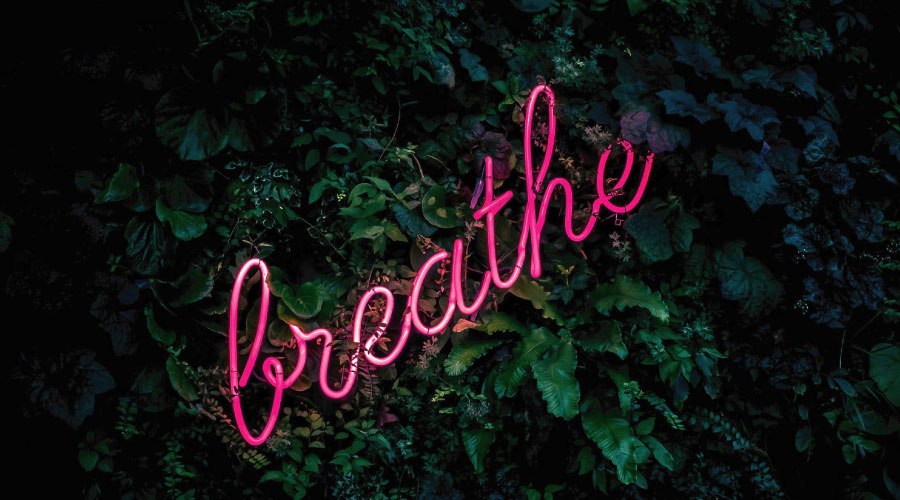When we are faced with a stressful situation, our sympathetic nervous system sends a surge of hormones through our body, which makes our heart pump faster, our breathing quicken and blood to rush our muscles. This is called the ‘fight-or-flight’ response and is designed to help us fight or flee a threat. Once the threat has passed, another division of our nervous system, the parasympathetic nervous system, sets off the ‘rest and digest’ response, which returns the body to its normal resting and relaxed state. However, when we experience stress over a long period of time, our sympathetic nervous system is continually activated and this takes a toll on the body both physically and mentally.
Over the last few months, many of us have experienced, and continue to experience, high levels of stress-related to COVID-19. One of the simplest and most effective ways to reduce stress is through breathing exercises. By breathing slowly and deeply, we tell our nervous system that it is time to calm down. The amazing thing about the breath is that it is always present. Wherever we are, if thoughts and worries start to overwhelm us, we can take a moment to focus on our breathing. There are many different techniques you can use. Try the ones listed below and use whichever exercise works best for you.
Get into a comfortable position, either in a chair or sitting cross-legged on a cushion on the floor. Try to keep your back straight so it is easier to breathe properly. Gently close your eyes and settle into your posture.

- Following Your Breath
Breathe naturally. Try to follow the breath all the way in and out. Feel the air passing through your nose, your belly slightly rising and your chest expanding. Pick one spot where you can feel the breath the most and focus on this spot. Try to feel every breath that comes in and every breath that comes out. You may find as you try to focus on your breathing, your mind gets lost in thought. This is completely normal. Whenever it does, just gently bring your attention back to your breathing.
- Diaphragmatic Breathing
This exercise is best done lying on your back. Place one hand on your chest and one hand on your belly. Breathe in deeply through your nose and direct your breath into your belly so the hand on your belly rises up. The hand on your chest should remain relatively still. Then breathe out through your mouth, empty your belly completely and feel the hand on your belly fall.
- Exhale > Inhale
For this exercise, take 2 counts to breathe in and 4 counts to breathe out. If this breath feels too short, try increasing to 4 counts in and 6 counts out. Don’t push yourself to make your breaths as long as possible as this will only create more anxiety. The most important thing is that the exhale is longer than the inhale in order to promote the parasympathetic relaxation response.
After spending a few minutes on these breathing exercises, you should walk away feeling much calmer.


